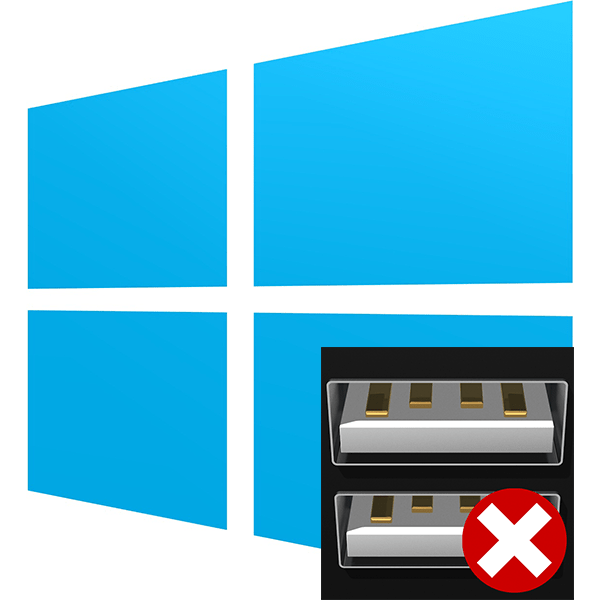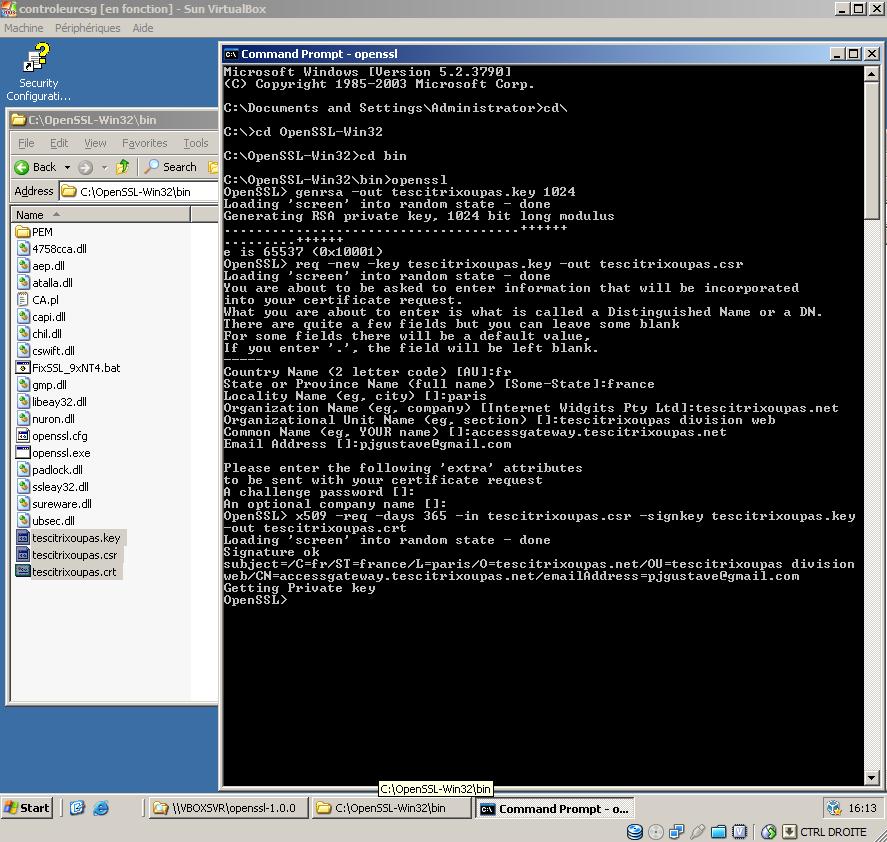

OPENSSL FOR WINDOWS 10 INSTALL
You can also share the CA certificate with your development team to install in their browsers as well.Īlso, you can use this CA to create more than one SSL certificate. So you won’t see the security warning once you install the CA certificate and add it to the trusted list. For example, Your connection is not privateĪttackers might be trying to steal your information from (for example, passwords, messages or credit cards)īut you can force browsers & operating systems to accept our own certificate authority. The reason is browsers only trust SSL from a trusted Certificate authority. The following image shows the root CA present in the Firefox browser by default.Īt the same time, if you use a self-signed certificate, your browser will throw a security warning. That’s the reason the browsers won’t show any security messages when you visit standard websites that use SSL from a trusted and well-known commercial Certificate authority. Most browsers & operating systems hold a copy of root CA certificates of all the trusted certified Certificated Authorities.


Create our own root CA certificate & CA private key (We act as a CA on our own).You can then validate and use the SSL certificate with your applications.īut for a self-signed certificate, here is what we do.The CA authority will send you the SSL certificate signed by their root certificate authority and private key.Send the CSR to the trusted CA authority.A CSR contains details about location, organization, and FQDN (Fully Qualified Domain Name). Create a certificate signing request (CSR) with a private key.

Here is what we do to request paid SSL/TLS certificate from a well-known Certificate Authority like Verisign or comodo. Instead, it is signed by the creator’s own personal or root CA certificate. What is a Self Signed Certificate?Ī self-signed certificate is an SSL/TSL certificate not signed by a public or private certificate authority. You can use OpenSSL on all the operating systems such as Windows, MAC, and Linux flavors. Openssl is a handy utility to create self-signed certificates. You can create self-signed certificates using commands or automate them using a shell script by following this guide.
OPENSSL FOR WINDOWS 10 HOW TO
But I'm not sure what to do, I've created a key (SSH-2 RSA, whatever that is.In this guide, we have given step-by-step guides on how to create self-signed certificates using the OpenSSL utility. Is there a way I can do this by a utility on a windows machine? I've downloaded PuTTy KeyGenerator. Openssl req -x509 -new -key priv.pem -passin pass:myPassword -days 3650 -out cert.cer Openssl genrsa -des3 –out priv.pem -passout pass:myPassword 1024
OPENSSL FOR WINDOWS 10 MANUAL
The manual provides two commands which have to be executed in order to create a RSA key and a certificate. I took a look at the OpenSSL website, because the manual forwarded me to that website to get a SSL Toolkit. I'm on a Windows machine and completely confused what to do. Based on that key I have to create a certificate and upload it to the webserver. This includes creating a RSA private key. I have to implement a 'professional' version. An online payment protocol supported by the major banks. I'm from Holland, the common way of online payments is by implementing iDEAL. Since I'm very new to SSL certificates, and the creation and usage of them I figured maybe StackOverflow members can help me out.


 0 kommentar(er)
0 kommentar(er)
